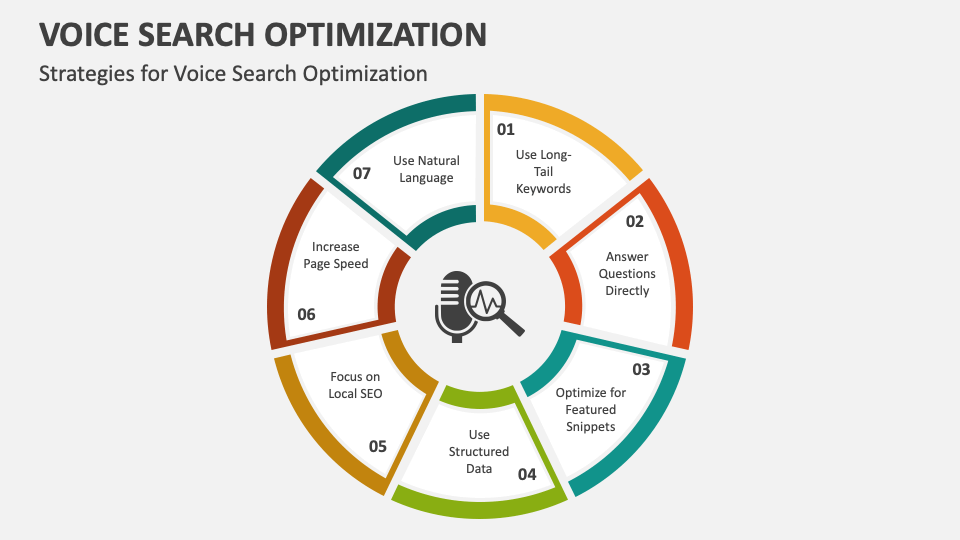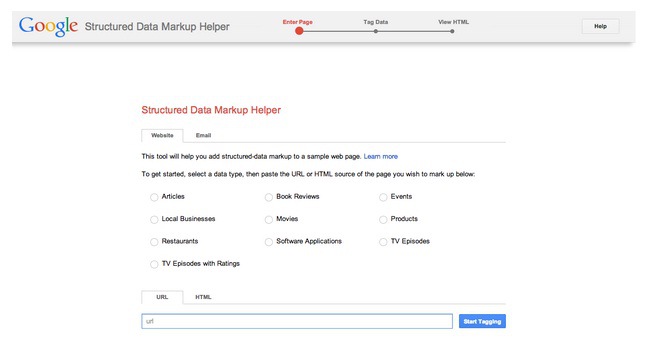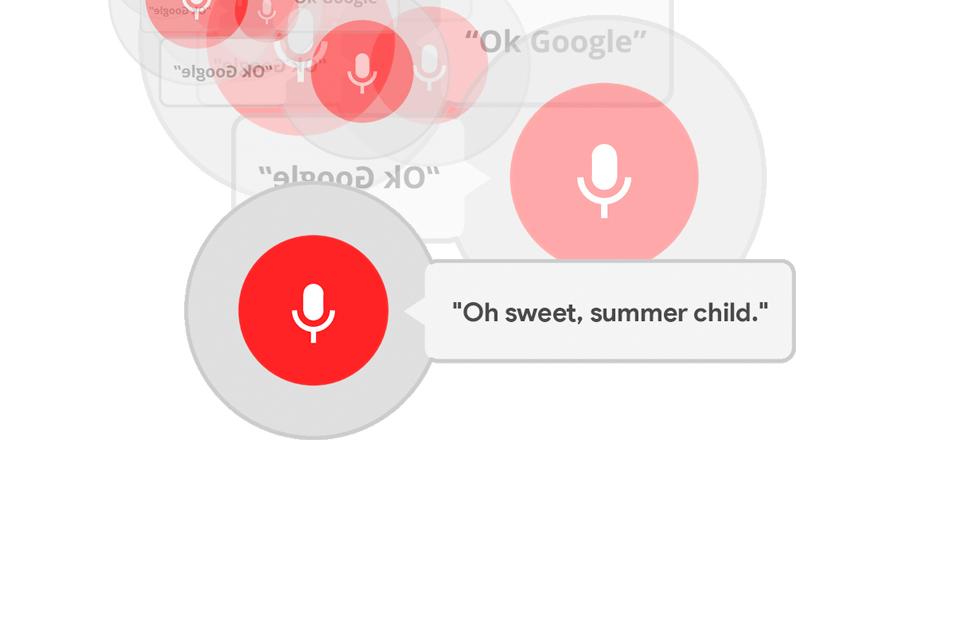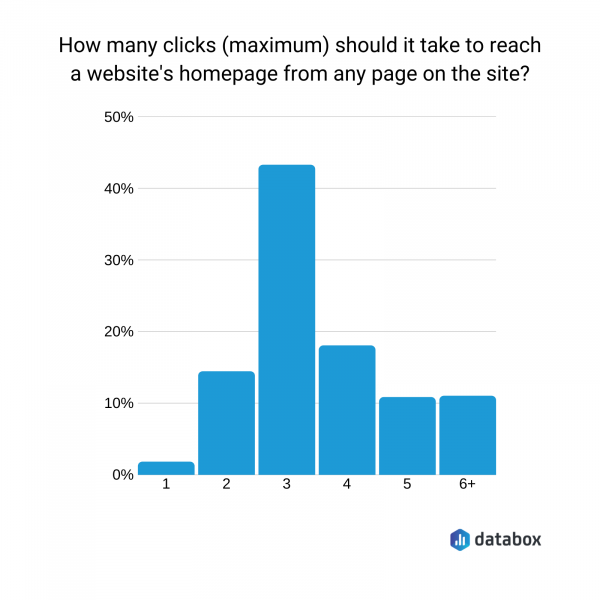
In today’s digital landscape, voice search is no longer a novelty—it’s a necessity. With over 72% of users leveraging voice assistants for their searches, the way we interact with search engines is rapidly evolving. For marketers and content creators, this shift means adapting to new strategies that align with how people are actually searching.
One such strategy is using “Speakable” Schema—a powerful tool that helps your content be recognized by voice assistants like Google Assistant. This guide will walk you through everything you need to know about Speakable Schema, why it matters, and how to implement it effectively for voice search optimization.
What Is “Speakable” Schema and Why It Matters
Speakable Schema is a specific type of structured data markup that allows search engines and voice assistants to identify sections of your content best suited for audio playback. By marking up these sections, you signal to Google Assistant (and other voice-enabled devices) that certain parts of your content should be read aloud in response to voice queries.
This is especially important because voice search often prioritizes direct, concise answers. When a user asks a question like, “What is the best gaming headset for streaming?” the AI behind the voice assistant looks for content that can provide a clear, immediate answer.
Speakable Schema helps ensure that your content is not only found but also read by voice assistants, increasing your chances of appearing in featured snippets and voice search results.
How “Speakable” Schema Impacts SEO Performance
While structured data alone doesn’t guarantee top rankings, it plays a critical role in helping search engines understand your content better. Speakable Schema specifically enhances your visibility in voice search results, which is becoming an increasingly dominant channel.
Here’s how it impacts performance:
- Increased Visibility: Content marked with Speakable Schema is more likely to appear in voice search results, especially when users ask questions.
- Improved Engagement: Users who engage with voice search expect quick, relevant answers. Speakable Schema helps ensure your content meets that expectation.
- Better Accessibility: By enabling audio playback, you make your content more accessible to visually impaired users and those who prefer hands-free interaction.
- Higher Trust and Authority: Being featured in voice search results signals to users that your content is reliable and authoritative.
As voice search continues to grow, optimizing for it becomes essential for staying competitive in the SEO space.
Step-by-Step Implementation Framework
Implementing Speakable Schema requires careful planning and execution. Here’s a step-by-step process to get started:
1. Define or Audit the Current Situation
Before implementing Speakable Schema, audit your existing content to identify which pages or articles could benefit from it. Focus on content that:
– Answers common questions
– Contains concise, informative summaries
– Is part of a news or informational website
Also, check if your site is eligible for Google News (if applicable), as Speakable Schema is currently limited to news content.
2. Apply Tools, Methods, or Tactics
Use tools like Google’s Structured Data Markup Helper or Schema.org’s documentation to create your schema markup. The key steps include:
– Adding the @type property to specify whether the page is a web page or article.
– Using the name property to include relevant keywords.
– Implementing the speakable property with either xPath or CssSelector to define the section of content suitable for audio playback.
For example, a news article might look like this in JSON-LD format:
{
"@context": "https://schema.org",
"@type": "NewsArticle",
"headline": "How to Optimize for Voice Search",
"datePublished": "2025-04-05",
"dateModified": "2025-04-05",
"speakable": {
"@type": "SpeakableSpecification",
"cssSelector": ".article-summary"
}
}
3. Measure, Analyze, and Optimize
Once implemented, use tools like Google’s Rich Results Test or Schema Markup Validator to test your markup. Monitor your performance using Google Search Console to see if your content appears in featured snippets or voice search results.
Track metrics like:
– Voice Search Citation Rate
– Post-Voice Search Branded Queries
– Voice-to-Action Conversions
Regularly update your content to ensure it remains relevant and optimized for voice search.
Real or Hypothetical Case Study
Let’s take a hypothetical case study of a local news outlet, TechInsight Daily, which wanted to improve its voice search visibility.
Objective: Increase the number of voice search citations for their articles.
Strategy:
– Audited their most popular articles.
– Identified sections that were concise and informative.
– Implemented Speakable Schema using cssSelector for the summary sections.
– Optimized headlines and meta descriptions to match voice search queries.
Results:
– Within three months, their articles saw a 35% increase in voice search citations.
– Traffic from voice search increased by 20%.
– Brand recognition grew, with more users searching for the brand name after hearing it in voice results.
This case study demonstrates the tangible benefits of Speakable Schema when implemented correctly.
Tools and Techniques for “Speakable” Schema
To streamline the implementation of Speakable Schema, consider using the following tools:
- Google’s Structured Data Markup Helper – A user-friendly tool for generating schema markup.
- Schema.org Documentation – Provides detailed guidelines on how to implement Speakable Schema.
- Google Rich Results Test – Helps validate your schema and preview how it will appear in search results.
- Schema Markup Validator – Checks for errors in your structured data.
- Google Search Console – Monitors your site’s performance in search results and helps identify opportunities for improvement.
These tools make it easier to implement and maintain Speakable Schema across your website.
Future Trends and AI Implications
As AI continues to evolve, the role of structured data like Speakable Schema will become even more significant. Voice search is expected to grow further, and AI models will rely more on structured data to deliver accurate, conversational responses.
Future developments may include:
– Expansion of Speakable Schema beyond news content.
– Integration with AI-powered assistants like ChatGPT and Gemini.
– More advanced algorithms that prioritize content based on accessibility and relevance.
To stay ahead, businesses should begin experimenting with Speakable Schema now, even if it’s in beta. As the feature evolves, early adopters will have a competitive edge.
Key Takeaways
- Speakable Schema helps your content be recognized by voice assistants, increasing visibility in voice search results.
- It improves accessibility, engagement, and trust among users.
- Implementing it involves defining content sections, applying structured data, and testing for accuracy.
- Tools like Google’s Structured Data Markup Helper and Schema Markup Validator simplify the process.
- As voice search grows, optimizing for it becomes essential for long-term SEO success.
Now is the time to start integrating Speakable Schema into your SEO strategy. By doing so, you’ll not only improve your visibility in voice search but also future-proof your content for the evolving digital landscape.
Meta Title: How to Use ‘Speakable’ Schema for Voice Search: A Complete Guide
Meta Description: Learn how to implement Speakable Schema to boost your voice search visibility and optimize your content for AI assistants.
SEO Tags (5): voice search, structured data, schema markup, speakable schema, SEO optimization
Internal Link Suggestions:
– [Parameter #1]: Understanding Structured Data for SEO
– [Parameter #3]: Optimizing for Featured Snippets
– [Parameter #5]: Voice Search Optimization Strategies
External Source Suggestions:
– https://developers.google.com/search/docs/advanced/structured-data/speakable
– https://schema.org/SpeakableSpecification
– https://search.google.com/test/rich-results










